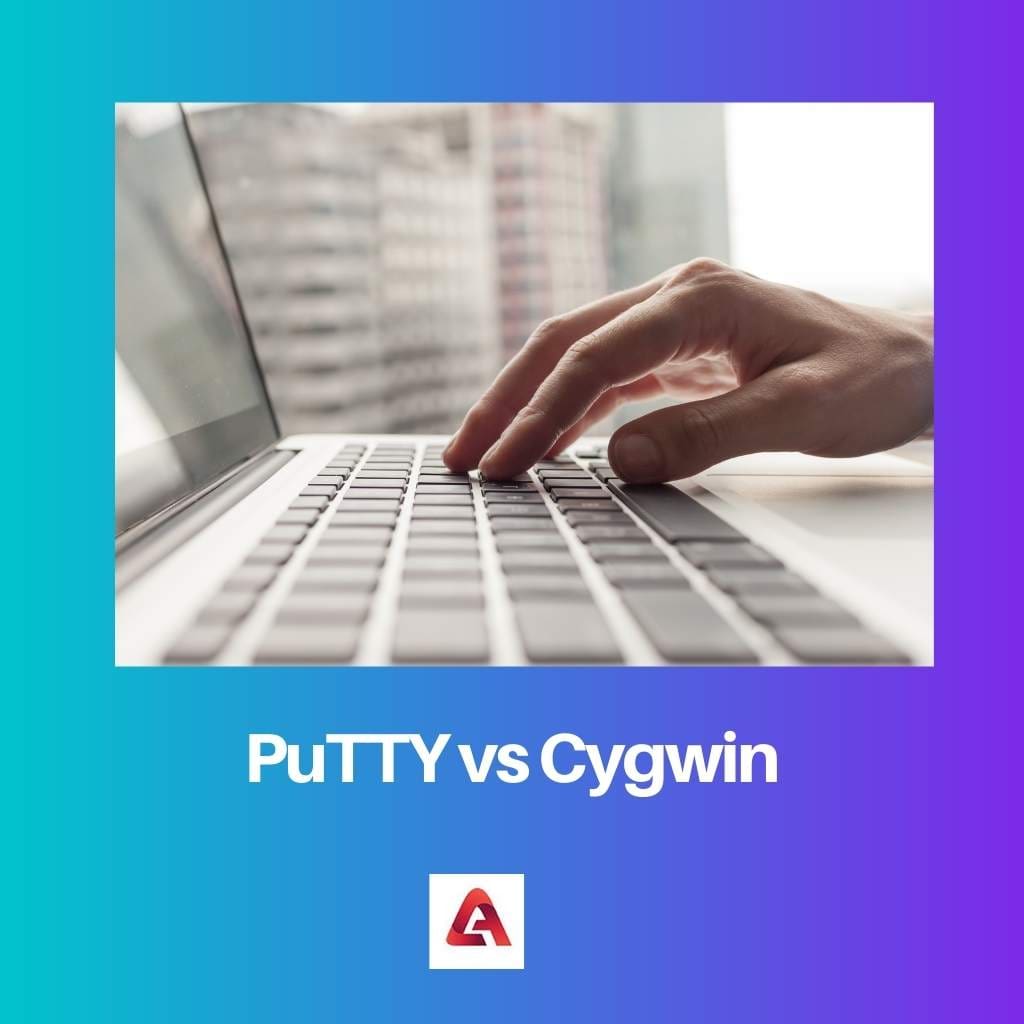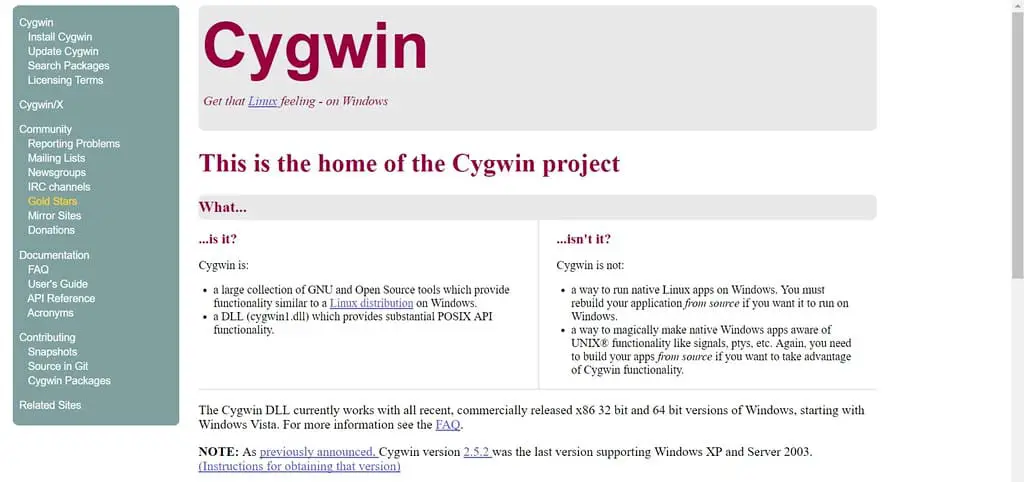The world of computers today mainly uses the GNU/Linux system in many of their desktops. The main reason for the wide usage of this is its use in video games.
The development of Android has paved the way for the use of mobile phones and use of other technologies. A small cell phone can now do the work of a camera, calculator, telephone and desktop as well.
Key Takeaways
- Putty is a terminal emulator that allows users to connect to remote servers via a secure shell (SSH) protocol. At the same time, Cygwin is a collection of tools that allow users to run Linux-like commands on a Windows computer.
- Putty is primarily used for remote server administration and management, while Cygwin is used by developers who need to use Linux commands on a Windows machine.
- Putty is a lightweight application that can be installed quickly and easily, while Cygwin requires more setup and configuration but offers more powerful features and capabilities.
PuTTY vs Cygwin
PuTTY is open-source software. This software was developed in 1998. It provides a terminal emulator to make connections with remote servers. It is easy to install. C language was used to develop puTTY. Cygwin is a command-line interface which can be used to run Linux commands on Windows. It was developed in 1995. The programming language used in the development of Cygwin is C and C++.

PuTTY is a beta software terminal emulator used to emulate videos in their specific design architecture. It was developed by Simon Tatham in 1998 and is maintained by him to date.
Cygwin is a command-line interface with an environment similar to Unix. It is compatible with POSIX and uses its standard library.
Comparison Table
| Parameters of comparison | PuTTY | Cygwin |
|---|---|---|
| Meaning | Terminal emulator used as file transfer application and emulates videos. | It is a command-line interface have Unix like environment. |
| Developer(s) | Simon Tatham | Steve Chamberlain, Cygnus Solutions |
| Launched in | 8th January, 1998 | 18th October 1995 |
| Operating system | Microsoft Windows, macOS, Linux | Microsoft Windows |
| Written in | C language | C/C++ language |
| Type | Terminal emulator | POSIX standard library, POSIX standard utilities, C standard library |
| License | MIT license | GNU Lesser General Public License(version 3) |
What is PuTTY?
PuTTY is a terminal emulator which is open and has a free source. It is used as a network file transfer application and can support various network protocols, some of which are TCP, SSH, Telnet, and raw socket connection.
A British programmer developed it called Simon Tatham.
Initially, PuTTY was designed for Microsoft Windows, but now many other operating systems like Mac operating system and Mac Operating SystemXuse this.
PuTTY is a terminal emulator written in C language. This terminal emulator software program is sometimes called terminal application and is abbreviated as TTY.
What is Cygwin?
Microsoft Windows use Cygwin as a command-line interface. It works with the Microsoft Windows resemblance environment with Unix.
It helps in the launch of the Windows application for the Cygwin microenvironment. Cygwin and its tools can be easily accessed by the operating system of Windows.
The dynamic link library acts as a compatibility layer for the application programming interface in a standard C library. The extensive collection of software tools and applications gives a Unix-like environment.

Main Differences Between PuTTY and Cygwin
- PuTTY was launched in 1998, while Cygwin was launched in 1995.
- PuTTY was developed and maintained by Simon Tatham, a British programmer. Cygnus Solutions, Red Hat, and Cygwin project volunteers maintain Cygwin.
Reference
- https://www.cs.dartmouth.edu/~campbell/cs50/putty-cygwin-tutorial.pdf
- https://onlinelibrary.wiley.com/doi/abs/10.1002/1099-1255(200005/06)15:3%3C331::AID-JAE558%3E3.0.CO;2-G

The detailed description of PuTTY and Cygwin was brilliant. It’s immensely helpful to have a concise yet comprehensive comparison of their functionalities and applications.
Thank you for shedding light on PuTTY and Cygwin. This information is beneficial for anyone involved in software development or system administration.
Understanding the specifics of PuTTY and Cygwin is crucial for professionals dealing with server administration or development. This article provides an excellent overview of both.
As a computer science student, this comprehensive explanation about PuTTY and Cygwin was extremely helpful in understanding their respective functionalities and scopes.
Thank you for this article that clarifies the distinctions between PuTTY and Cygwin. This kind of detailed analysis is essential for understanding the nuances of each terminal emulator.
The comparison between PuTTY and Cygwin, along with their individual details, is insightful for anyone working in the computing industry. I learned a lot from this discussion.
The in-depth analysis of PuTTY and Cygwin, along with the comparison table, is a valuable resource for anyone looking to delve into their technical details for specific applications.
I appreciate the detailed comparison of PuTTY and Cygwin along with their key features and functionalities. It’s significant for understanding their practical applications in the computing domain.
The detailed comparison between PuTTY and Cygwin was really insightful. These differences are crucial for users to make informed decisions based on their specific needs.
Thank you for providing such detailed information about Putty and Cygwin. It really helped me understand the differences and uses of these terminal emulators in a better way.
I also found this article to be very informative. It’s great to have a clear comparison between the two and understand their distinct functionalities.